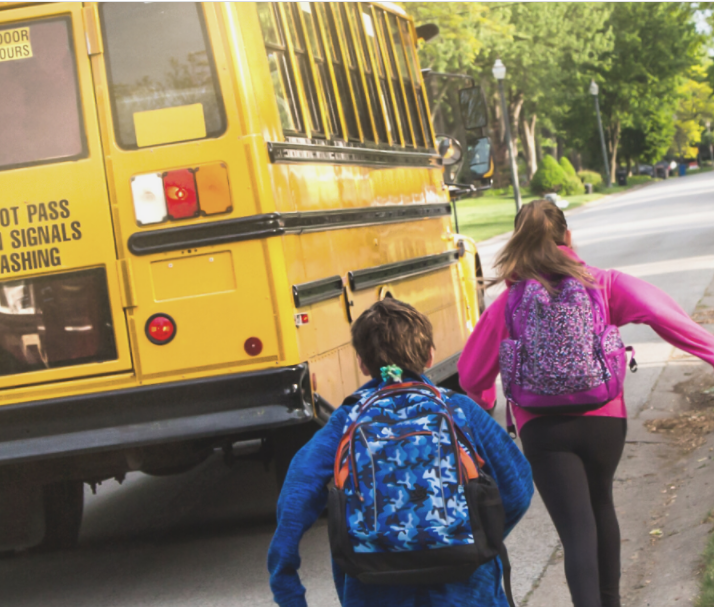 Editor’s note: This commentary from Christian Barnard, a senior policy analyst at Reason Foundation, appeared last week on The 74.
Editor’s note: This commentary from Christian Barnard, a senior policy analyst at Reason Foundation, appeared last week on The 74.
Across the country, school bus driver shortages are limiting transportation services in public school districts and straining families. Adding to these challenges is the fact that as charter schools and public school open enrollment options continue to grow, so will the distance students travel to get to the school of their choice.
Without viable transportation options, some families can’t reap the benefits of school choice even if they want to. States can pass laws to allow students to enroll in public schools outside of their zip codes — but those opportunities are meaningful only if families can afford to make the trip.
While solving the transportation puzzle is as much a logistical challenge as it is a policy one, one thing is clear: Traditional yellow school bus routes alone won’t cut it.
K-12 school transportation is one of the most regulated sectors in the nation’s economy. At the federal level alone, at least 20 congressional committee and federal agencies can promulgate laws and regulations that directly affect the industry.
Generally, these laws and rules relate to safety standards for school buses as well as the vehicles’ sales and manufacturing. States impose additional requirements regarding who qualifies for K-12 school transportation, how it’s paid for and the types of vehicles public school districts can use.
Understandably, these heavy regulations aim to maximize student safety. But they aren’t without their tradeoffs.
To continue reading, click here.


